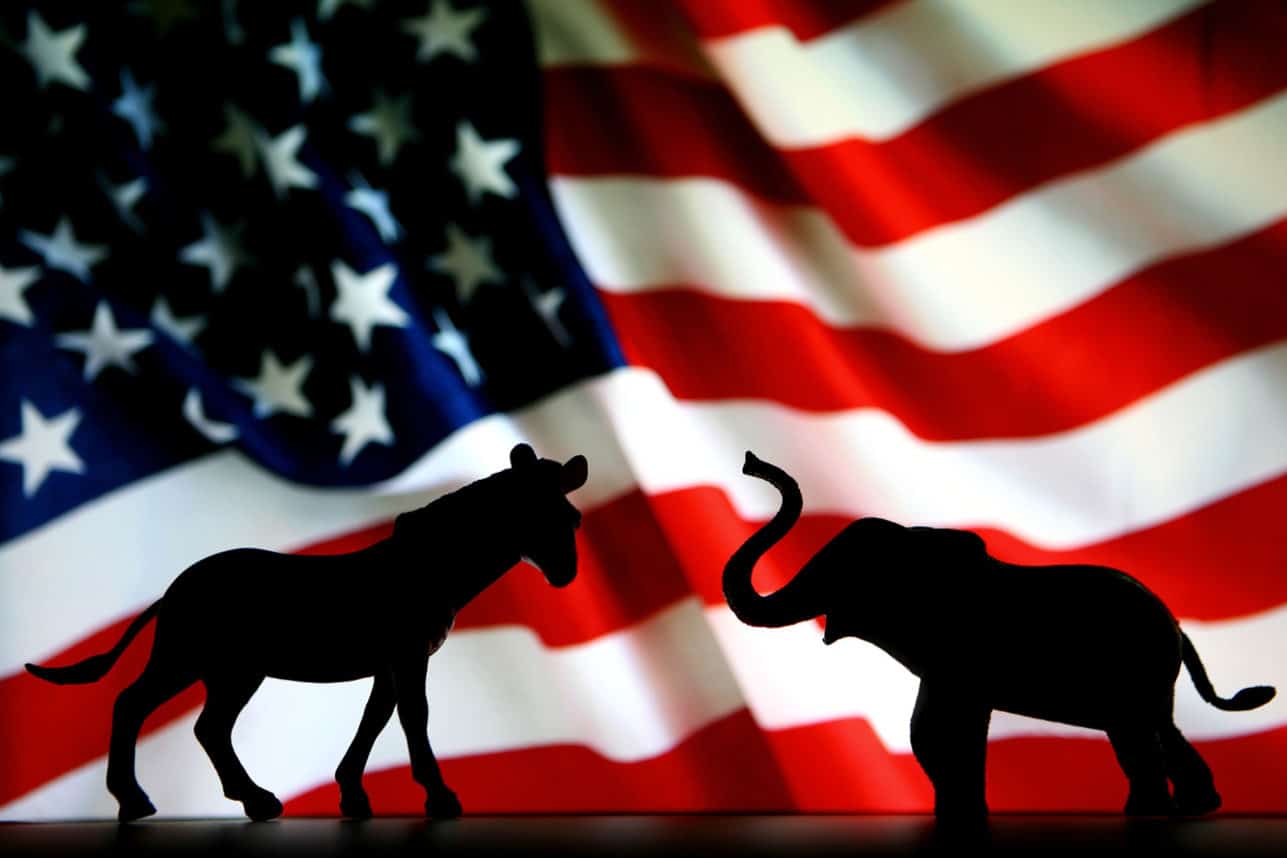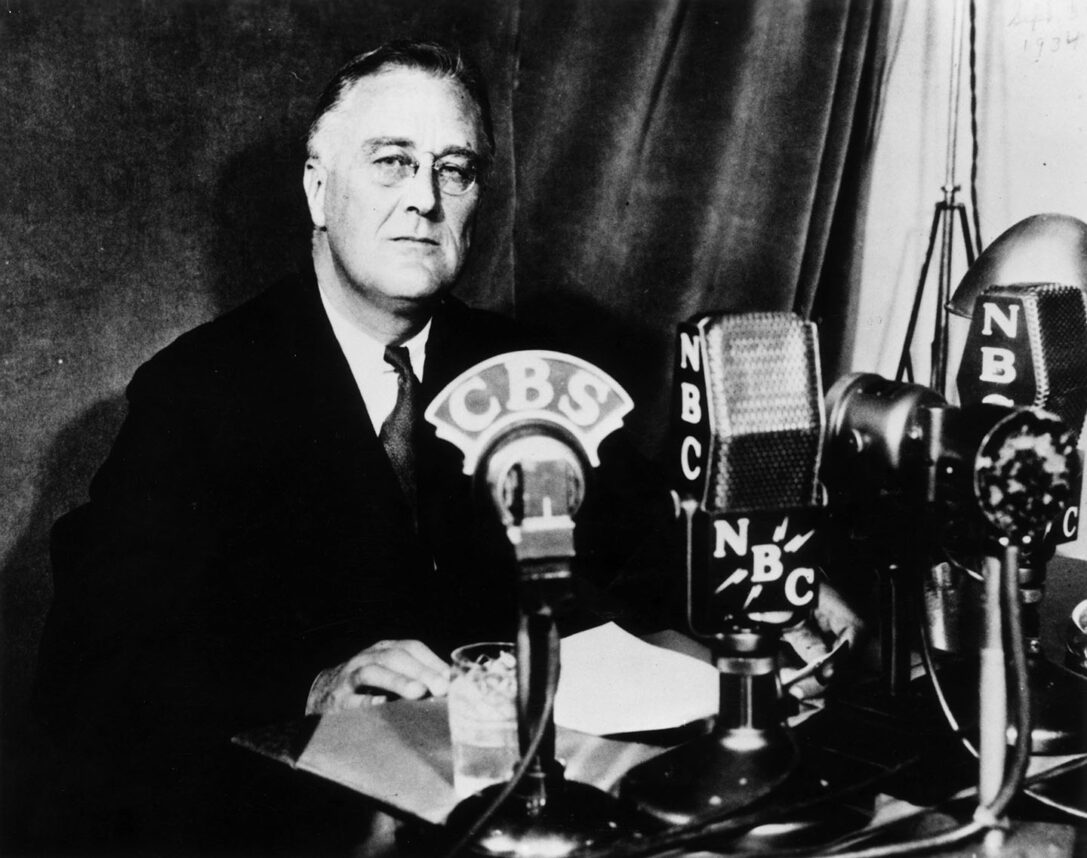It’s a sunny winter day and a friend and I fear for our lives as my husband, Ron Magid, screeches our oversized Chrysler east down Sunset Boulevard. We’re speeding toward the ArcLight Cinemas and a press screening of Peter Jackson’s “King Kong.”
The usually amiable Ron swears at traffic, and when we arrive an hour early, he leaves our pal, Freeman, and me in the dust.
“He’s running ahead, like a little kid,” Freeman muses as we breathlessly catch up, only to find the cinema’s massive glass doors locked.
It’s not surprising that my husband is the first in line at one of the earliest “Kong” press screenings. He’s loved the giant simian since he first watched the 1933 classic film on TV when he was 7. And not just because the giant ape kicked dinosaur a–, trashed Manhattan and chewed up both island natives and a native New Yorker.
“Kong in his own realm was king of the jungle, just like a little kid is king in his own imagination,” Ron recalls as we stand in the sunshine. But he was dethroned when he was captured, and tormented in the urban jungle of Manhattan. Ron relates because he was picked on in the urban jungle of school.
“I felt pigeonholed as a nerd who liked monsters and hated sports,” he says.
As a child, Ron didn’t understand that there also was something distinctly Jewish about his bond with monsters and Kong.
Jews have also been reviled and accused of unspeakable crimes, such as murdering babies for their blood. Ron reminds me that while Bela Lugosi’s Dracula does kill for blood, the vampire considers this predilection (and his immortality) a curse. “To be dead, to be truly dead — that would be glorious,” he says in the 1931 film.
In the here and now, it’s a revenge of the nerds for 44-year-old Ron, as for so many other film geeks who grew up to help shape popular culture. He’s considered a top journalist on special effects and genre movies; Premiere hired him to write about why the original Kong is still king.
Not that Ron has anything against the new film or its director Peter Jackson. A few years ago, he personally bonded with the noted director, a fellow “Kong” enthusiast, after a Writers Guild screening of Jackson’s epic “Lord of the Rings: Return of the King.” Jackson looked exhausted when viewers rushed him after the Q-and-A. But he brightened when my husband shook his hand, recalling how Ron and a friend had restored a 2 1/2-foot-long stegosaurus puppet from the original “Kong.” Jackson had later purchased the puppet for a rumored $250,000.
Back at the ArcLight for the press screening, we wait more than 20 minutes before the cinema’s doors finally swing open and we snag the best seats in the house. Before long, a regiment of movie journalists surround Ron, because he co-authored (with Phil Savenick) the documentaries that are included on Jackson’s restored DVD versions of 1933’s “Kong.”
“I just geeked out,” Chris Gore, the founder and former editor of Film Threat magazine, gushes about the documentary featurettes. “I thought I knew everything about ‘King Kong,’ because I’ve been reading about it since I was a kid, but I was wrong.”
Clearly in his element, Ron promptly regales this mini-throng with tales about the original movie. He recounts how the 1933 film’s producer and director were themselves intrepid explorers who shot documentaries in distant lands. A fellow explorer inspired them to make the giant ape flick when he captured a Komodo dragon and brought it back, Kong-style, to New York, where it languished and died in captivity in the Bronx Zoo.
The original Kong may appear to be an uberbeast, but he was in reality an 18-inch-tall stop-motion puppet — a fact the studio kept secret to ensure viewers were properly terrified.
Despite special effects that are crude by today’s standards, the original Kong arguably reigns supreme because of his “performance,” which renders him an iconic tragic hero. Animator Willis O’Brien was somehow able to channel his personal angst into the character. His unstable wife — who had attempted suicide twice in the 1920s — suffered from cancer and tuberculosis as well as ongoing mental illness during the production. (Soon after the release of “Kong,” she fatally shot the couple’s two children at her Westwood apartment.)
At this point, the ArcLight conversation turns to movie child murderers, such as Peter Lorre’s creepy character in 1930s “M,” as everyone munches oversized buckets of popcorn.
“Ron finds monsters like Kong comforting because the real-life ones are far worse,” says Freeman, offering some freelance psychotherapy between bites.
But he’s on to something. Ron was shaken, as a child, to learn of the pogroms endured by his Polish and Latvian grandmothers; one had witnessed her mother being pushed down the stairs. And he happened to learn about the Holocaust, at Sinai Temple’s religious school, around the time he first saw “Kong” at age 7.
“I had a bit of a persecution complex to begin with and then I found out that being Jewish would make me even more of a target,” he says. Just as Jewish artists created Superman during the Shoah, Ron wished for a Kong-like superhero to stomp out anti-Semites (as well as the schoolyard bullies).
Kong, like many classic monsters, was “unloved and misunderstood,” Ron adds. His blue eyes tear up as he describes Frankenstein’s monster as “an abused child.”
Frankenstein was the first model kit he built, at age 5; two years later came Kong, who was bigger, more intricate and expensive ($1.49 instead of $.99 at a hobby shop on Pico Boulevard). After completing the figure, he scoured the TV Guide for a screening of the film, which helped spur him to meticulously research monster movies and moviemaking. He’d pull a book from under his covers at bedtime, and read with the help of light filtering into his dark bedroom from the hall. At the same time he was parlaying his allowance into what would become a prodigious collection of horror and science fiction memorabilia.
His therapy was his obsession; his obsession became his outlet; his outlet became his professional art and craft. How Jewish is that?
Ron is happy that the new “Kong” is getting Oscar consideration. And he drinks up the good notices for the DVDs of the 1933 version.
Nothing, though, will change him from the boy who loved to collect monsters.
Freeman, a movie poster and prop dealer, wants to know how Ron got his “Kong” props: spears, drums and shields as well as fellow simians from “Planet of the Apes” (Zira and Cornelius figures stand in our bedroom).
Ron replies that he bought them for bupkis two decades ago from propmasters at Culver Studios, who were about to throw them in the trash. Ron will never part with them, nor the luridly colorful press-book cover of 1933’s Kong rampaging across Manhattan, which dominates our dining room.
Ron is sure he’ll like the Jackson film, but for him, nothing will dethrone the original.
“The hat trick of that movie is that the filmmakers don’t do the clichéd things to make the character beloved to the audience,” he says as the theater lights dim. “He rages, has no regard for humanity, and every character despises him, even Fay Wray. The only people who love the original Kong are the audience members.”
And Ron perhaps most of all.
The 1933 “King Kong Two-Disc Special Edition” DVD and the “Collector’s Edition” are available in stores.























 More news and opinions than at a Shabbat dinner, right in your inbox.
More news and opinions than at a Shabbat dinner, right in your inbox.